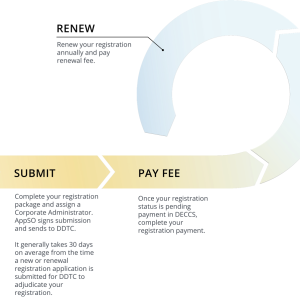The Pentagon is moving toward an “85% solution” acquisition approach, where it buys good-enough systems now and finishes the rest later. Defense Secretary Pete Hegseth outlined the idea in a Nov. 7 address to industry. Since then, executives and trade groups have begun to unpack what this means for risk, speed, and contracts. They agree that the 85% solution Pentagon acquisition model could bring faster delivery, but only if the culture shifts with it.
What the ‘85% solution’ really means
Under the new thinking, the Pentagon will not always wait for a “100% solution.” Instead, it will accept systems that meet about 85% of requirements, as long as they arrive much sooner. The remaining performance or features would be added through later upgrades, software drops, or follow-on blocks.
Hegseth argued that chasing the perfect system often adds long delays. In many programs, he said, the last 15% of performance is “unachievable” in practice. In other words, the final stretch can consume years of extra testing and development without delivering proportional value to the warfighter.
Industry groups see the same pattern. Margaret Boatner, vice president for national-security policy at the Aerospace Industries Association, said that the drive for a 100% solution can add one to two years to a program. As a result, she believes the Pentagon must be willing to make tradeoffs and field an 85% solution sooner.
From operational risk to acquisition risk
For many in industry, the key question is how the Pentagon will balance risk. Steve Harris, vice president of defense and intelligence at the Professional Services Council, framed it as a direct trade. He said the shift depends on how much acquisition risk the department is willing to accept to reduce operational risk.
In simple terms, waiting for a perfect system keeps acquisition risk low but can keep older, less capable systems in the field. That can increase operational risk for forces facing fast-moving threats. Conversely, accepting an 85% solution may bring some acquisition and performance risk, but it can cut operational risk by giving warfighters better tools sooner.
Harris stressed that this will require a broad culture change. It is not just a policy tweak; it means new levels of tolerance for test issues, incremental changes, and field upgrades. Over time, he expects the shift to influence the wider government as well, not only the Pentagon.
How fast-mover firms already work: minimum viable product
Some defense technology companies already operate in this 85% world. Christian Gutierrez, a vice president at Shield AI, described how his team builds Hivemind, the firm’s flagship autonomy software. The product allows unmanned aircraft to operate with a high level of independence in complex environments.
Gutierrez said his team focuses on delivering a “minimum viable product.” This means they ship a version with enough features to be useful for early users. Then they rely on feedback, data, and real-world use to guide the next improvements.
In that model, speed is central. Gutierrez noted that they constantly balance cost, schedule, budget, and technical risk. However, he argued that schedule risk dominates today because pacing threats are moving faster than before. Adversaries are fielding new systems quickly, so long delays in U.S. programs carry growing strategic risk.
He also pointed to new policies that try to reward speed and lower barriers to entry. According to him, recent moves by the current administration have started to open more doors for agile firms. The 85% solution Pentagon acquisition mindset fits this trend.
What will have to change in practice?
If the Pentagon is serious about the 85% approach, several things will need to change. First, requirements will have to be written with growth paths in mind. That means clearly defining what must be in the first fielded version, and what can come later through increments.
Second, test and evaluation will need to adapt. Instead of waiting for a fully mature system, teams will have to assess whether an 85% solution is safe, usable, and upgradeable. Then they will need processes to accept known gaps and track how those gaps will be closed.
Third, contracts will need more built-in flexibility. Industry will look for clear rules on how future increments are funded and evaluated. Otherwise, companies may hesitate to commit, fearing that they will be blamed later for early shortcomings.
Finally, communications with Congress and oversight bodies will be critical. Lawmakers must understand why an 85% solution is being fielded and how the rest will be delivered. Without that transparency, the model could face pushback when problems surface.
Why the 85% solution could stick
Despite these challenges, many in industry see strong logic in the shift. Threats are evolving too quickly for decade-long acquisition cycles. Software-driven systems, in particular, can benefit from fielding early and improving through continuous updates.
If implemented well, the 85% solution Pentagon acquisition approach could give U.S. forces useful capability sooner and keep programs more responsive. However, it will also test the comfort level of leaders, engineers, lawyers, and auditors who grew up in a 100% mindset. The next few years will show whether this culture change can move from speeches to real contracts and delivered systems.








